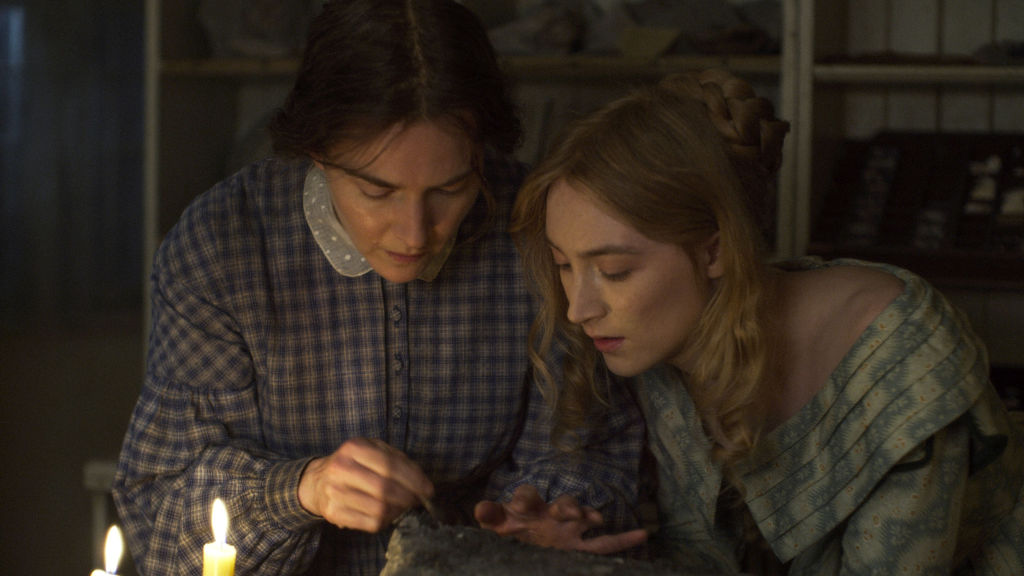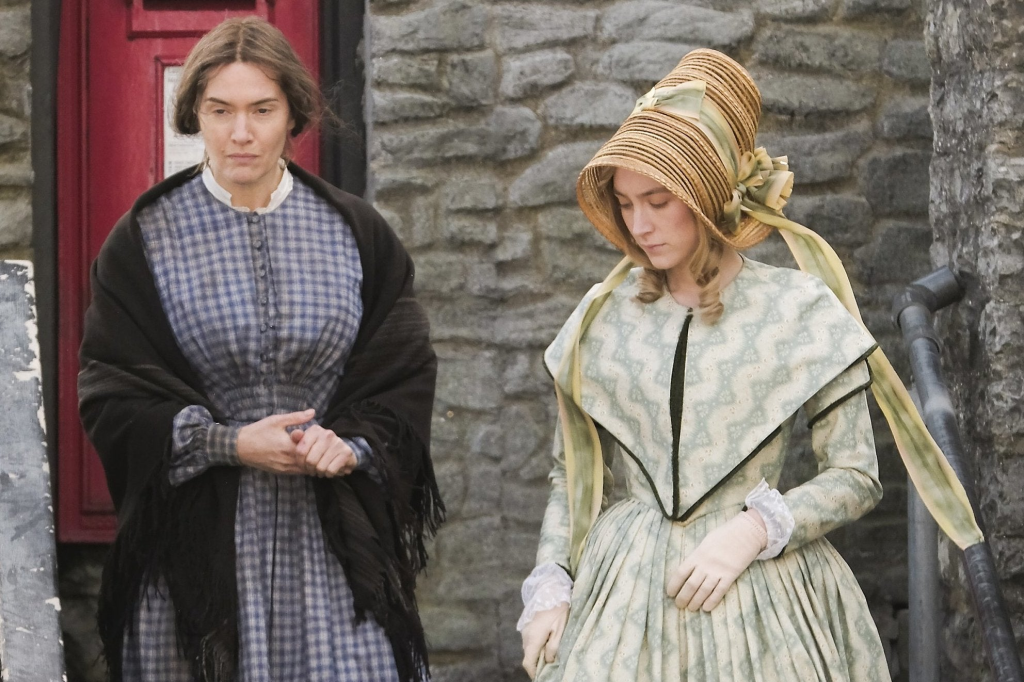Ammonite (2020) is a quiet, emotionally intense period drama that imagines a fictionalized romance between two women in 1840s England. Directed by Francis Lee, the film is inspired by the life of Mary Anning, a real-life pioneering but underrecognized paleontologist, and explores themes of loneliness, repression, class, and the healing power of human connection.

Set in the windswept coastal town of Lyme Regis, the story follows Mary Anning, portrayed by Kate Winslet, who lives a solitary life with her ailing mother. She spends her days scouring the cliffs for fossils, selling them to tourists to survive. Though brilliant and respected in scientific circles, Mary remains uncredited and marginalized due to her gender and social status.
Her world is disrupted when a wealthy geologist arrives with his young wife, Charlotte Murchison (played by Saoirse Ronan), who is suffering from melancholia. Hoping that the sea air and a change of scenery will improve her health, he leaves Charlotte in Mary’s care. Initially, the two women clash—Mary is blunt and emotionally closed off, while Charlotte is fragile and grieving. But over time, their relationship deepens as they begin to see through each other’s defenses.

What unfolds is a slow-burning, sensuous romance that grows from mutual respect and shared isolation. Their connection becomes a source of strength and renewal, allowing both women to experience joy and vulnerability in a world that has offered them little of either. Through Charlotte, Mary reawakens to passion and intimacy; through Mary, Charlotte rediscovers her sense of agency and desire.

However, the film never loses sight of the constraints imposed by the era—class divides, gender expectations, and the looming impossibility of permanence. Their relationship, as intense as it becomes, is tinged with the knowledge that their lives are not built to accommodate this kind of love.
Ammonite is a visually arresting film, marked by naturalistic cinematography and minimal dialogue. Winslet and Ronan deliver raw, layered performances that speak volumes through silence and subtle gesture. The film doesn’t seek dramatic resolution; instead, it offers an honest, contemplative portrait of intimacy found in unlikely places, and the quiet ache of love in a time that had no place for it.
